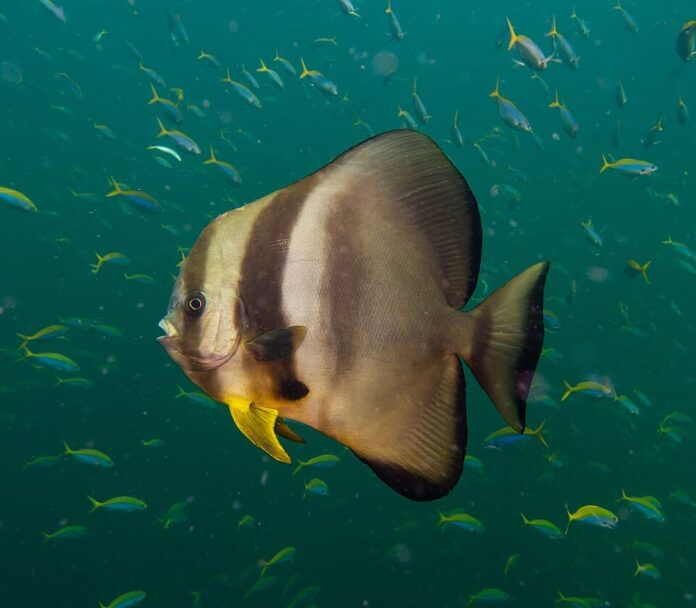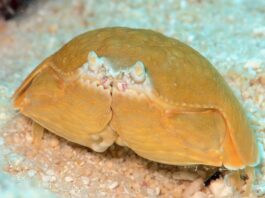Longfin batfish has the face that many of us are familiar with, usually from animations. It has other nicknames such as longfin spadefish, round-faced batfish, and teira batfish. They are good for home aquariums due to their peaceful nature, but people also consume them as food as well. Knowing just the appearance of this ray-finned species is not enough, so let’s learn more about them today below.
1Appearance
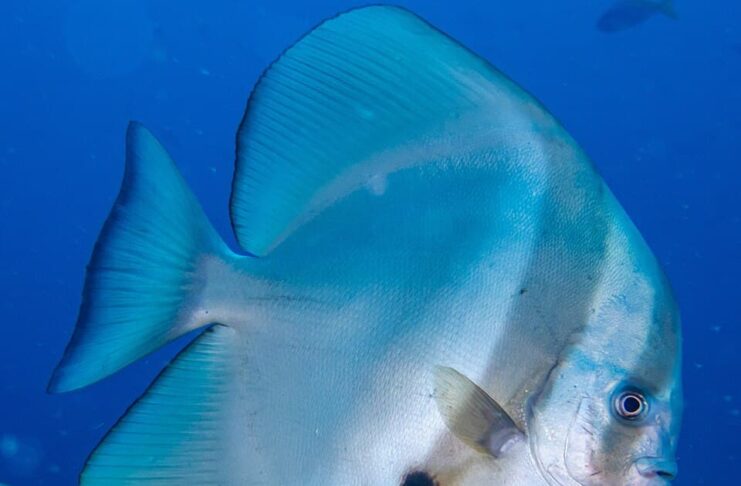
Flat but pretty, longfin batfish are one of a kind. A longfin batfish is around 70 centimeters in length, and adults and juveniles look absolutely different from each other. From the side, an adult has a roughly circular body, and there is a low hump on the nape. It is usually silver in color, but some brownish or gray individuals are also present. If you look closely, there is a blackish band through the eye and another band with the pectoral fin. Juveniles, on the other hand, have a short body, extremely tall anal fins, and no bulge on the forehead.
Juveniles have a special ability that allows them to change colors and morph. When living among floating debris and seagrass beds, they develop various appearances, such as brown and orange patterns. This is to resemble a dead leaf or debris, and the resemblance is uncanny. When threatened, they can also lie down sideways to hide, or possibly mimic a flatworm. Sometimes they will change their colors from silvery white with no bands, to brown with darker banding, then back to silver. This unique ability is one of the reasons why many people want them as ornamental fish in both in large or public aquariums.
2Behavior
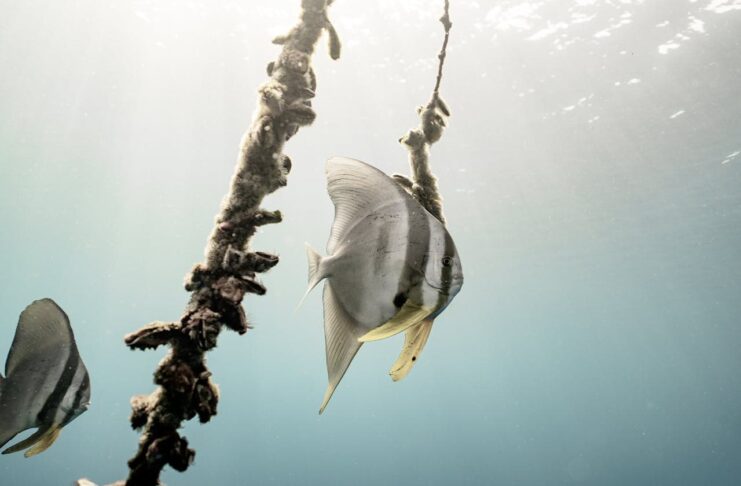
Longfin batfish like swimming in groups, and they often include members of other species in the school. When swimming close to the surface, they perform this behavior known as “drifting swimming”. Simply put, they mimic floating debris to stay out of danger from predators lurking beneath them. This fish species has a thing for boats, and actually enjoys swimming along underneath boats. That is why it is very common to find them under anchored boats and around mooring chains. It seems that they enjoy having something above them or alongside them. Calm yet curious, they are not afraid of divers, and often approach divers when they see one. In an aquarium, they become very tame, and people can even hand-feed them. Being very smart, they quickly learn feeding times and who feeds them, which is very impressive.
3Feeding & Habitats
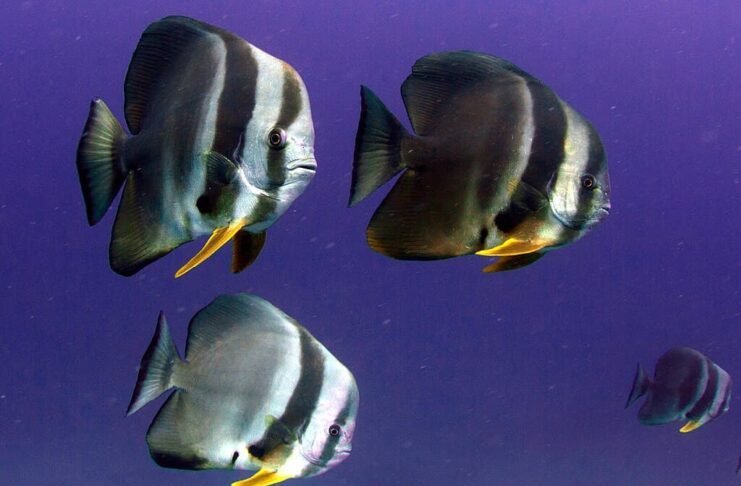
Living in the Indo-West Pacific, longfin batfish occur in shallow coastal habitats to deeper offshore. They inhabit artificial reefs, coral reefs, debris, floating seaweed, and seagrass beds where they feed on marine algae, plankton, sessile invertebrates, and small invertebrates. Longfin batfish has a high economic value, and some countries consume them as food as well. Some find them to have high-quality meat with high protein and abundant amino acids, making it a nutritious food source. This leads to overfishing in some areas where people target them for the aquarium trade or food. Despite doing well in the wild, their population is affected by habitat degradation due to coastal development and coral bleaching.
Related Post: Dusky Batfish Facts

